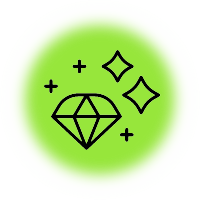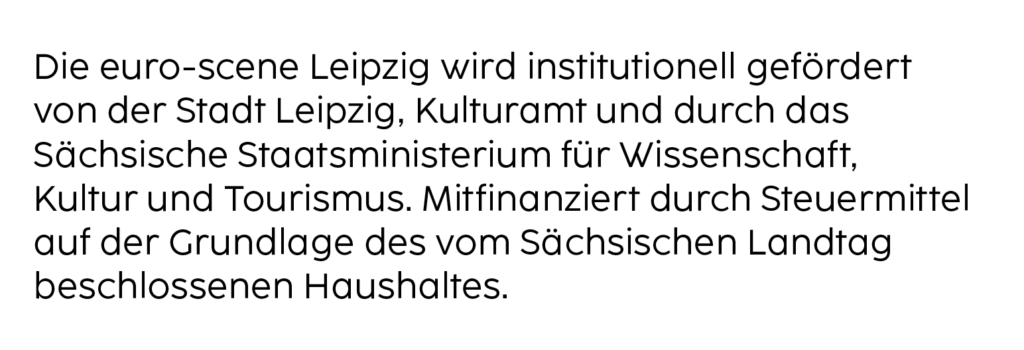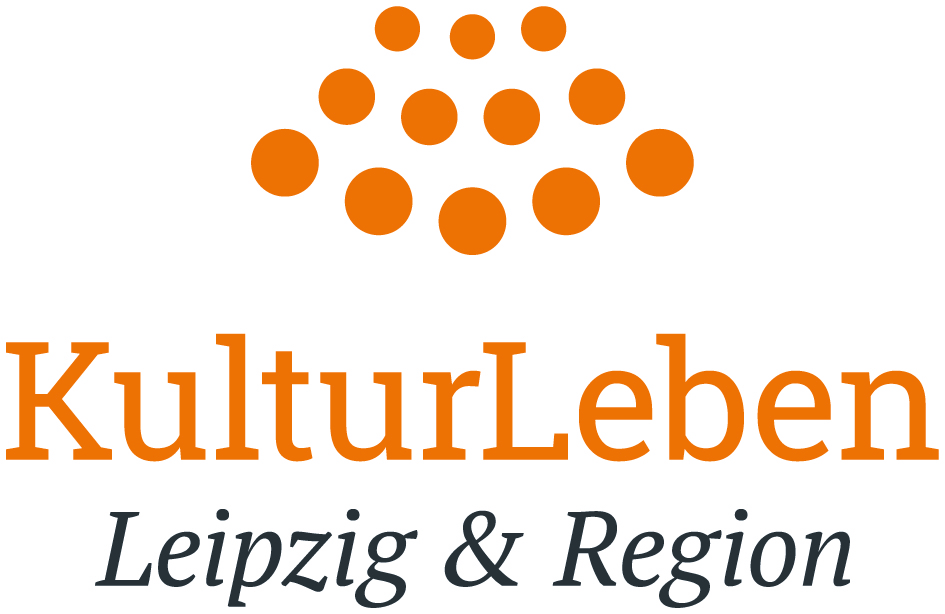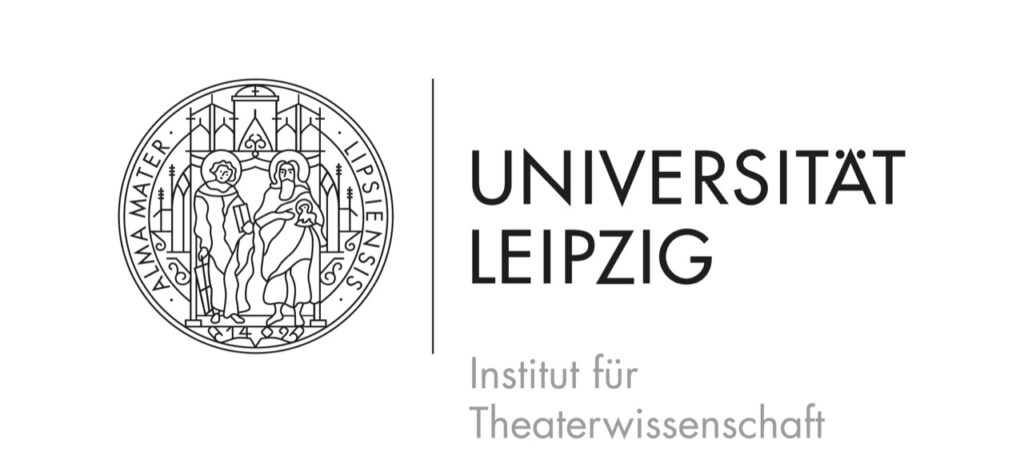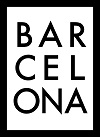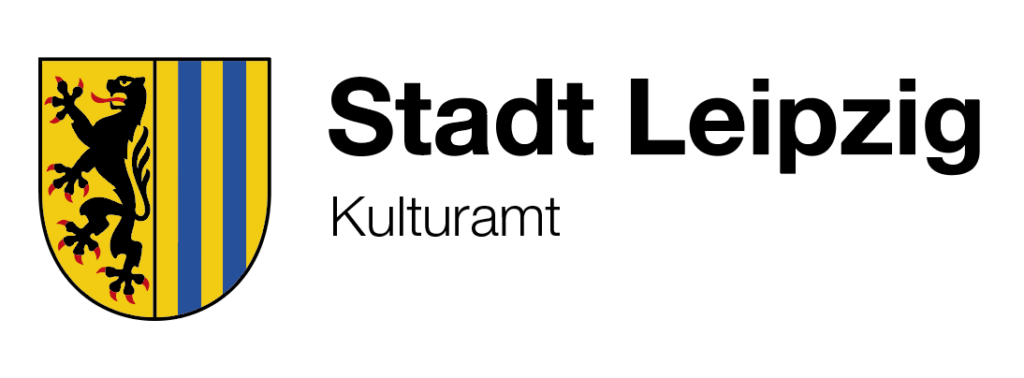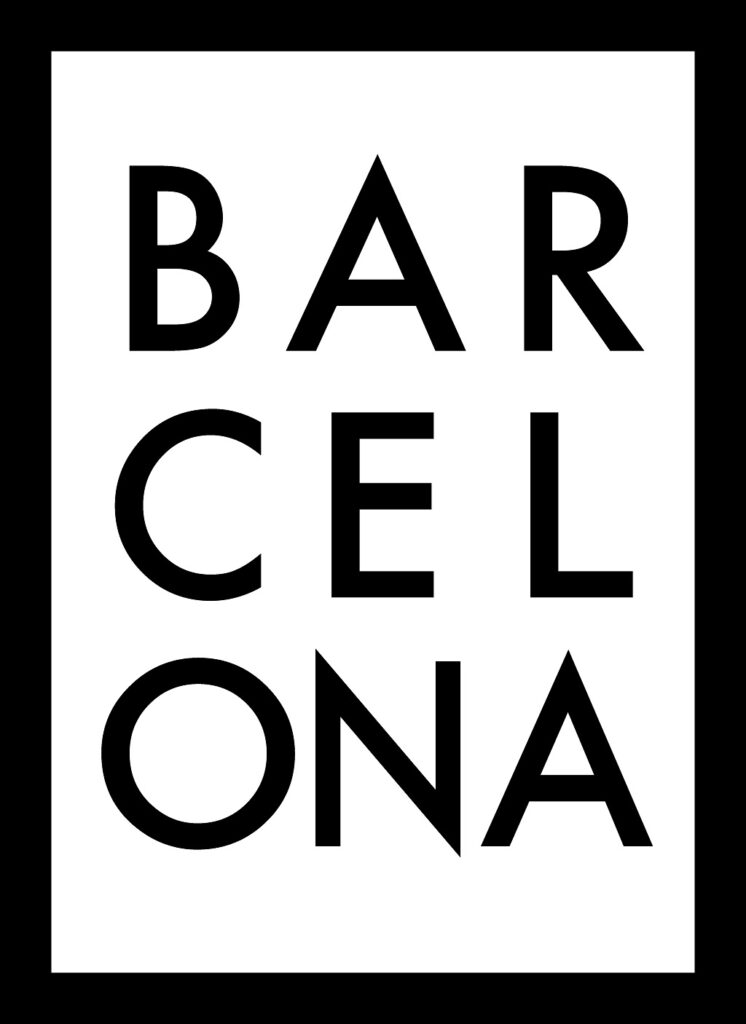Ziemia niczyja (No man’s land)
Teatr Ósmego Dnia, Poznań
Friday 22 Nov. // 10:00 – 11:15 p.m.
Saturday 23 Nov. // 07:30 – 08:45 p.m.
Schaubühne Lindenfels
Pictoral spoken theatre – Version II
Like portraits by Michelangelo are the four faces in the all-encompassing light of the flickering candles, the gestures of their hands are detailed studies of saints. Just on pretence, human moths share the light with each other and then slyly try to steal it for themselves. A smashed out window frame slides back and forth, and the strange spook quartet uses it for its whispering, fugitive game.
»It is the light of the eighth day of creation. The Lord left, tired of his creation, the world to its own resources. She passes away like dying embers, our fading balloon Earth… No man’s land is the cleared-out fool’s paradise of those, who were westward-bound from eastern Europe to the great clearing, clean-up and get rich-quick lands and who are now returning, so much poorer of their shattered dreams. A field of souls, exposed at a nearly empty stage: to where will they flee when there are only empty frames around?« (Jan Schulz-Ojala, Der Tagesspiegel, Berlin, 03.12.1993)
The Teatr Ósmego Dnia (Theatre of the eighth day) was established 1964 in Poznań and was soon considered one of the most important ensembles of Poland’s alternative dance scene. In the beginning, it worked according to routines established by Jerzy Grotowski and Tadeusz Kantor but soon after searched for its own aesthetic expression.
Poland established martial law in 1981 and that introduced the group to street theatre. During the 70s and 80s it was repeatedly banned from making public appearances until it was officially closed. An exile to Italy followed. In 1990 it repatriated to Poland where it now again owns it own theatre today. As one of Poland’s most notable companies, it very often stages guest performances abroad.
»Ziemia niczyja« (»No man’s land«) was created after years of innovation studies in various European countries and, not at last, also under the impressions of the events in November 1989. The premiere of the Version II was in 1994. Powerful pictures and texts portray questions like loneliness, emptiness, freedom, faith in historical traditions, indivisibility and love, love of native soil and one’s roots, a return to trusted values; they do that in such an honesty, so suggestively, as it perhaps can only come out of eastern Europe.
Konzeption, Texte, Bühnenbild und Kostüme: Das Ensemble
Musik: Lidia Zielińska
Co-Autor und Bühnenbild-Realisation: Jacek Chmaj
Darsteller: Ewa Wójciak, Adam Borowski, Tadeusz Janiszewski, Marcin Kęszycki

